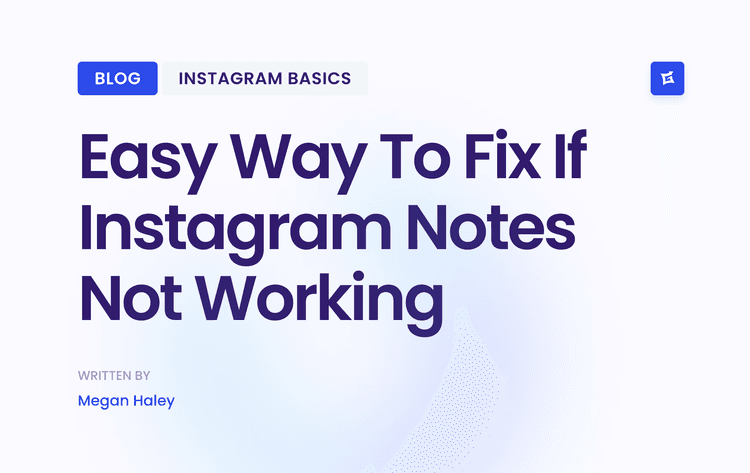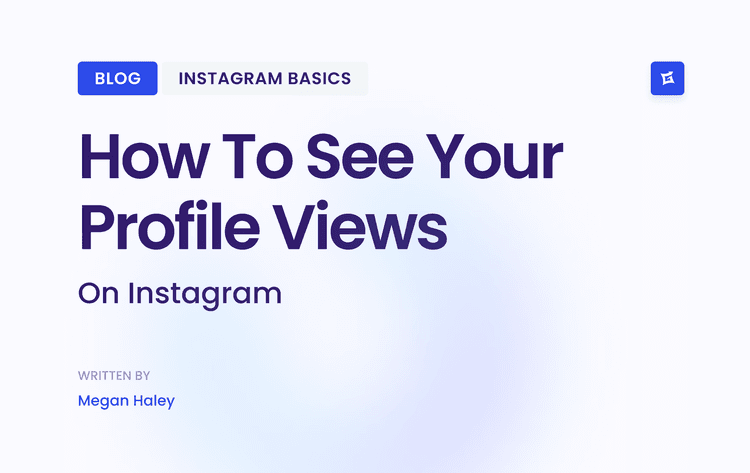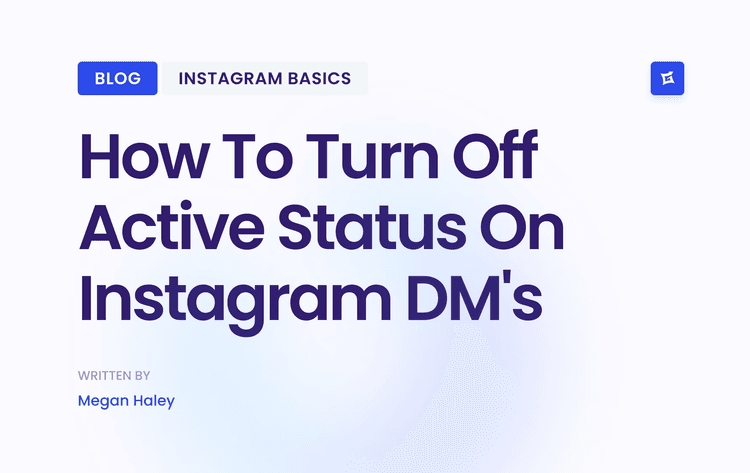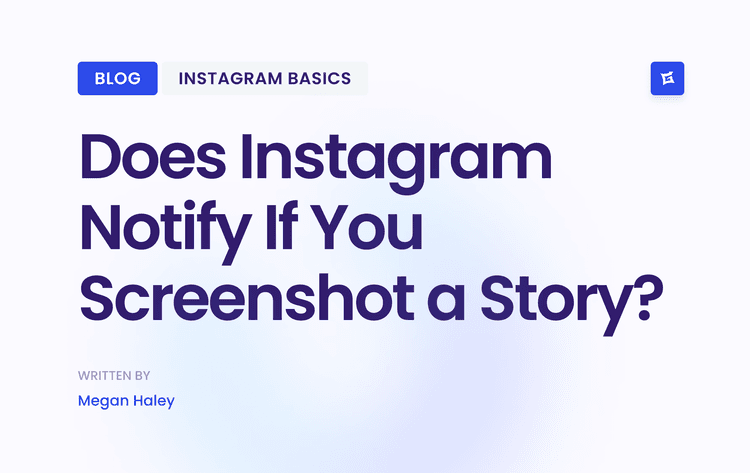The Real Challenge of Juggling Instagram Accounts
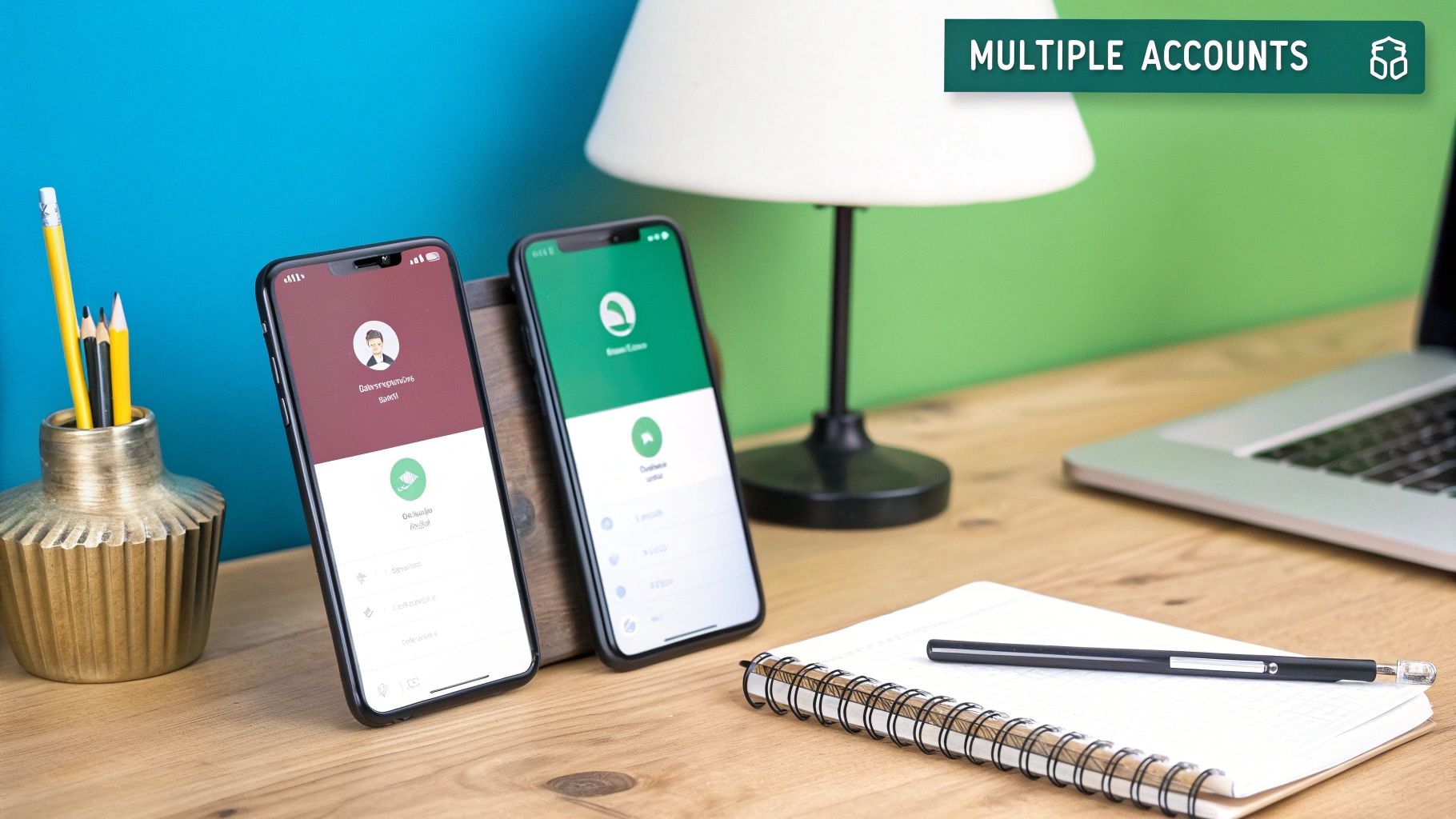
If you've ever felt overwhelmed trying to keep multiple Instagram profiles active and engaging, trust me, you're not alone. It's the new reality for so many of us. One account just isn't enough anymore to reach different audiences or showcase various parts of a brand. This is a daily struggle for creators, marketing agencies, and businesses of all sizes.
Think about it. A freelance social media manager might be handling accounts for five different clients, on top of their own personal brand. Or a growing e-commerce business could have a main profile for their slick product shots, a second for raw behind-the-scenes content, and a third dedicated entirely to user-generated content and testimonials. Each one needs its own voice, its own content, and its own community management strategy.
Why Separate Accounts Are a Smart Move
Having multiple accounts isn't about making more work for yourself—it's about being strategic. When you try to be everything to everyone on a single profile, your message gets watered down and your followers get confused.
Properly managing several Instagram accounts lets you do some powerful things:
Target Niche Audiences: You can deliver super-relevant content to very specific groups. For example, a fitness influencer could have one account for intense workout programs and another focused on meal prep and nutrition. Same industry, but two different needs.
Keep Your Brands Straight: A founder can build their personal brand on one account while their company's profile stays strictly professional. This avoids any brand confusion and lets them build a more authentic, personal connection without muddying the corporate message.
Speak to Different Regions: Global brands do this all the time. They create separate accounts to localize content, run promotions, and engage with communities in different countries, which is crucial for respecting cultural nuances and time zones.
> The real trick isn't just toggling between profiles. It's avoiding burnout, sidestepping those cringe-worthy posting mistakes (like a selfie meant for your personal page ending up on the corporate account), and making sure every single account is actually helping you hit your goals.
Getting this right is no longer a "nice-to-have" skill; it's essential for any real growth. The endless logging in and out, the risk of mixing up content, and the nightmare of scattered analytics are huge headaches. This guide is your roadmap to get past the chaos. We'll walk through how to use Instagram's own features and powerful platforms like Gainsty to bring some much-needed order to your workflow.
Right, before we even get into the fancy scheduling tools and workflows, we need to lay the groundwork. If you’re trying to juggle multiple Instagram accounts, each one absolutely must have its own clear, distinct identity.
Without this, you’re just setting yourself up for a mess. Your content will start to bleed together, your messaging will get confusing, and honestly, your audience won't know why they should follow one account over the other. Think of it as creating a specific blueprint for each profile you manage.
This isn’t just about being organized; it's about preventing burnout and making sure every single account has a real job to do. For example, a fashion brand I worked with used its main account for those glossy, professional campaigns. But they also ran a second account that was all about raw, behind-the-scenes moments. Both were incredibly valuable, but they appealed to slightly different sides of their audience and needed totally different strategies.
Jumping straight into posting without this foundational plan is a recipe for disaster. It's like building a house without a blueprint—it might look okay for a minute, but it's going to become a chaotic mess pretty quickly.
Define Your Purpose and Audience
First things first: get brutally honest about the "why" behind each account. Don't spin up a new profile just because you feel like you should. For every single account you run, you need solid answers to these questions:
What is its primary goal? Are you trying to drive sales, build a tight-knit community, position yourself as a thought leader, or just handle customer support? Get specific.
Who are you talking to? A profile targeting Gen Z shoppers will feel completely different from one aimed at B2B professionals. The tone, the visuals, the humor—it all has to match the audience.
What unique value does it offer? If your main account is all about product updates, maybe your second account can be the home for all your user-generated content and customer stories.
> The real secret to avoiding brand confusion is making sure each account has a reason to exist on its own. If you can't easily explain why two accounts need to be separate, I guarantee your audience won't understand either.
Create a Unique Branding Kit
Once you know an account's purpose, it’s time to give it a unique look and feel. This goes way beyond just slapping a logo on it. You're creating a consistent visual identity that people can recognize in a split second as they scroll.
For each profile, put together a mini branding kit. It should include:
Optimized Profile Picture: Use a high-quality logo or a crisp, clear headshot. It needs to be instantly recognizable, even as a tiny circle in the Stories bar.
Compelling Bio: State exactly what the account is about and who it’s for. Sprinkle in some relevant keywords and always include a clear call-to-action (CTA).
Strategic Link-in-Bio: Make sure the link in your bio directly supports the account's primary goal. An account focused on sales should link to a product page. A community-focused one? Maybe a link to your Discord server or newsletter signup.
Taking the time to dial in these details makes the day-to-day management so much smoother. Thankfully, the native Instagram app lets you add up to five accounts, so you can switch between them without the headache of logging in and out. This simple feature has become a lifesaver, especially as the platform has ballooned to over 2 billion monthly active users, with massive audiences in places like the Asia-Pacific region (895 million users) and India (363 million).
Develop a Scalable Content Workflow
Once you have a clear blueprint for each account, it’s time to build your content machine. I've seen countless social media managers burn out because they were working harder, not smarter. The secret to managing multiple Instagram accounts without the chaos is a scalable workflow.
The whole point is to create a system that lets you produce high-quality, on-brand content day in and day out, without having to reinvent the wheel for every single post. This is the engine that will power your entire multi-account strategy, saving you time and keeping the quality high across all your profiles.
Adopt Content Batching and Theming
One of the most effective techniques I've ever used is content batching. It’s a game-changer. Instead of scrambling to create content daily, you set aside specific blocks of time for specific tasks. This lets you get into a deep state of flow and knock out a huge volume of work at once.
A typical batching schedule might look something like this:
Mondays: All brainstorming and scriptwriting. Get the ideas down for every account.
Tuesdays: Film every single Reel and video needed for the week.
Wednesdays: Design all your graphics, edit photos, and pull any user-generated content.
Thursdays: Write every caption and schedule every post for the week ahead.
This approach stops the constant context-switching that absolutely kills productivity.
Think about a fitness influencer I know who runs three separate accounts: one for workouts, one for nutrition, and a personal brand account. On her "filming day," she can shoot all her workout clips, meal prep demos, and personal vlogs in a single session. Just like that, she has a massive library of content ready to go.
> By dedicating a full day to a single creative task, you create a content assembly line. This eliminates the daily pressure of "what do I post today?" and frees up your mental energy for more strategic thinking.
Use a Central Content Calendar
Your content calendar is the command center for this whole operation. It’s where your batched content comes together, giving you a bird's-eye view of what’s posting, when it's posting, and on which account. A solid calendar prevents you from accidentally double-posting and helps each profile maintain its unique voice and cadence.
Many managers I talk to swear by visual tools like Trello or Asana for this. If you want to get really specific, there are some great resources out there on using Kanban strategies for social media managers that offer specialized tips for organizing these complex workflows.
A good calendar should do much more than just track post dates. A truly effective system will help you track things like:
1. Content Pillars: Tagging each post with a specific theme (like "Educational," "Behind-the-Scenes," or "Promotional") for each account.
2. Asset Status: A simple way to see if visuals are ready, captions are written, and everything has been approved.
3. Account-Specific Notes: A place to jot down relevant hashtags, a specific call-to-action, or tagging instructions for each profile.
For a much deeper dive on setting this up, our guide on building an effective Instagram content calendar has templates and strategies you can put to use right away. The goal is to create a single source of truth that keeps you organized and always a step ahead.
Find the Right Tools for Smarter Scheduling and Automation
Let's be honest: moving from a manual, account-by-account grind to a more automated workflow is how you get your time and sanity back. A solid process is one thing, but the right tools are what make managing multiple Instagram accounts truly scalable. This is the difference between constantly putting out fires and actually focusing on big-picture strategy.
The Instagram app itself offers a basic account switcher. It’s a decent starting point, letting you add up to five accounts and flip between them without having to log in and out each time.
For someone just managing a personal profile and maybe a small side-hustle account, this works fine. But if you’re a social media manager with a roster of clients or a brand with different product lines, you’ll hit its limits fast.
When the Native App Just Isn't Enough
The built-in switcher is exactly what it sounds like—just a switcher. It doesn't bring any real management muscle to the table. That five-account limit is a huge bottleneck for agencies and serious creators. More importantly, it’s missing the one feature that saves more time than any other: advance scheduling. Every single Post, Story, or Reel still has to be published manually, in real-time.
This manual grind isn't just a time-sink; it’s a recipe for mistakes. Trying to post at the perfect time for each account, especially across different time zones and audience peaks, becomes a logistical headache.
> The real issue with relying only on the Instagram app is that you're always reacting. A dedicated management tool flips that, letting you get ahead of the game and work proactively.
Here’s that simple account-switching menu inside the Instagram app.
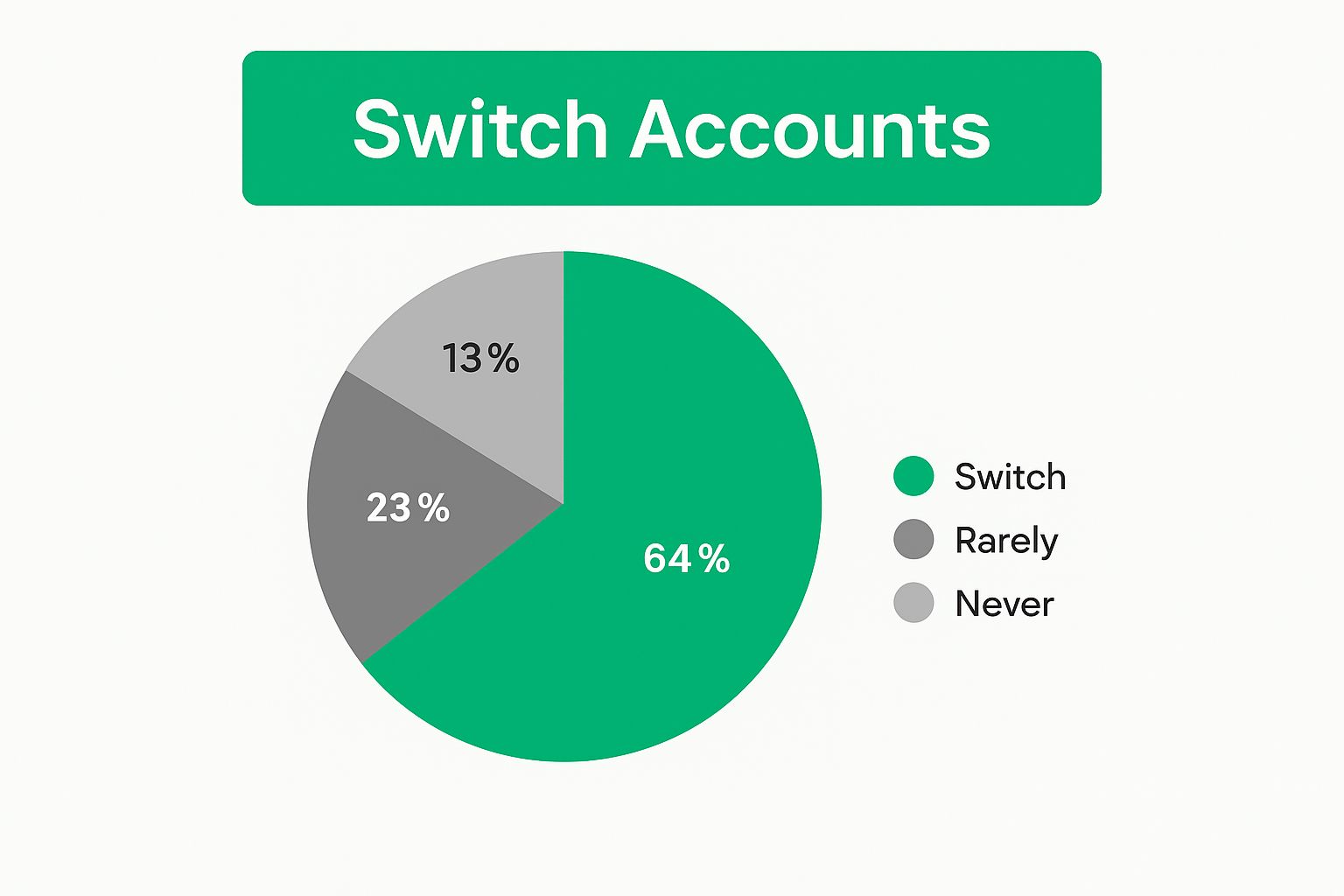
While it's handy for a quick check-in, this little menu represents a workflow ceiling you’ll smash through pretty quickly once you get serious.
How a Management Platform Unlocks Real Efficiency
This is where a dedicated social media management platform like Gainsty completely changes the game. It pulls you out of that fragmented, one-by-one hamster wheel and gives you a unified command center. Here’s what that actually means for your day-to-day:
A Unified Content Calendar: You can plan, create, and schedule everything—posts, Carousels, Stories, Reels—for all* your accounts from one place. This is the secret to making a content batching strategy actually work.
One Inbox to Rule Them All: Picture all your DMs and comments from every single account funneling into one organized feed. No more missed messages or frantically switching between profiles to talk to your community.
Smooth Team Collaboration: If you’re not a one-person show, you can assign tasks, leave internal notes, and manage approval workflows without relying on messy spreadsheets and endless email chains.
To help you see the difference, here’s a quick breakdown of what you get with the native app versus a proper management tool.
Instagram Native vs Third-Party Management Tool Capabilities
Account Limit
Instagram App (Native): Up to 5 accounts
Third-Party Tool (e.g., Gainsty): Often unlimited or high-tier plans available
Content Scheduling
Instagram App (Native): No (real-time posting only)
Third-Party Tool (e.g., Gainsty): Yes (posts, Stories, Reels, Carousels)
Unified Inbox
Instagram App (Native): No (separate inboxes per account)
Third-Party Tool (e.g., Gainsty): Yes (all DMs & comments in one place)
Content Calendar View
Instagram App (Native): No
Third-Party Tool (e.g., Gainsty): Yes (visualize all scheduled content)
Team Collaboration
Instagram App (Native): No
Third-Party Tool (e.g., Gainsty): Yes (user roles, approvals, assignments)
Analytics & Reporting
Instagram App (Native): Basic, per-account insights
Third-Party Tool (e.g., Gainsty): Advanced, cross-account reporting
As you can see, a dedicated platform isn't just a slightly better version of the app—it offers a fundamentally different, more powerful way to work.
Ultimately, using the right tool is less about the shiny features and more about what it lets you do: stop juggling and start strategizing.
If you find yourself managing multiple similar profiles, you might eventually consider consolidating them. When you get to that point, our guide on how to combine Instagram accounts can walk you through a more focused approach. And for those looking to really level up their efficiency, exploring some easy ways to automate Instagram can be a game-changer, freeing up even more time for high-impact work.
Analyze Performance Across Your Portfolio
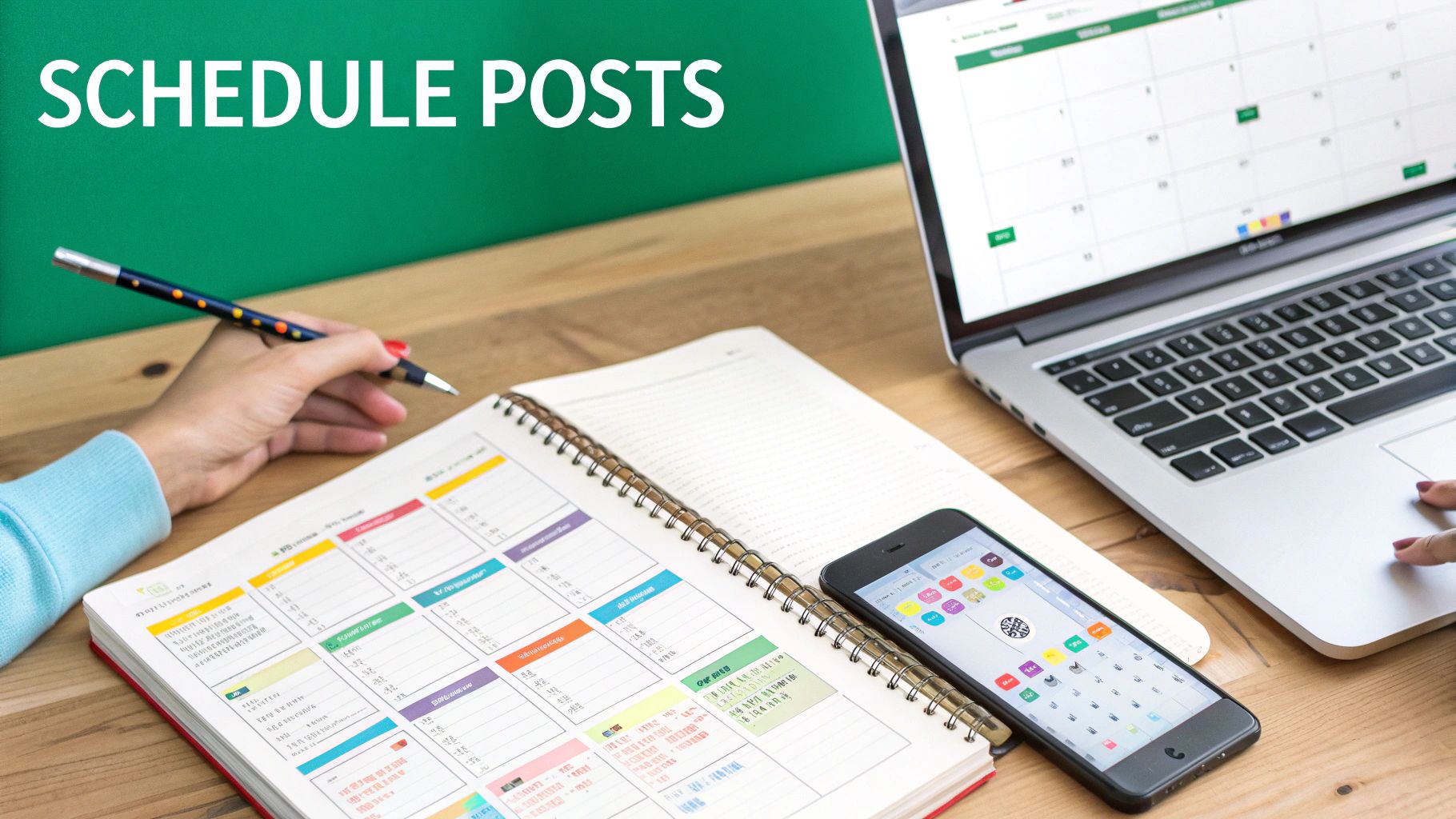
Getting content created and scheduled is a big part of the job, but it’s only half of it. If you're not tracking performance, you're essentially just guessing and hoping for the best. The real magic happens when you understand the impact of your work across all your accounts—that's what turns stagnant profiles into growth machines.
Juggling analytics for multiple Instagram accounts can quickly become overwhelming. It feels like you're drowning in numbers. The trick is to sidestep the vanity metrics and zero in on the data that actually reflects what you’re trying to achieve with each specific account. This is precisely why having a single, unified view of your performance is a game-changer.
Identify the Key Metrics That Matter
Here’s a hard truth: not all metrics are created equal. What's a goldmine of insight for one account could be completely useless for another.
Think about it this way: an e-commerce brand’s primary profile should be laser-focused on website clicks and sales from product tags. Meanwhile, their secondary, "behind-the-scenes" account is all about building community, so Story views and engagement rate are the metrics that truly matter there.
So, before you even glance at a dashboard, decide on the one primary Key Performance Indicator (KPI) for each profile you manage.
For brand awareness accounts: Keep your eyes on Reach, Impressions, and Follower Growth.
For community-building accounts: You'll want to track Comments, Shares, Saves, and maybe even DM volume.
For sales-driven accounts: It’s all about Website Taps, Link Clicks, and Product Tag Clicks.
> The goal isn't just to collect data; it's to generate actionable insights. If your "behind-the-scenes" account consistently gets higher engagement on Reels than your main profile, that's a clear signal to shift your video strategy and resources accordingly.
This strategic approach to data is vital. Knowing that nearly 62% of Instagram users are between 18-34, for example, helps you target your content more effectively. Many top fashion brands use this insight to run multiple accounts, each aimed at a specific niche within that demographic.
Get a Bird's-Eye View with Consolidated Reporting
Let's be honest, trying to manually cobble together reports by constantly switching between five different accounts in the native app is a recipe for headaches and mistakes. This is where a dedicated social media tool really proves its worth.
Platforms like Gainsty give you a consolidated analytics dashboard, pulling all the crucial data from your connected profiles into one clean interface. This bird's-eye view helps you spot trends you would absolutely miss otherwise. You can compare how different accounts are performing side-by-side, quickly pinpoint your top content across your entire portfolio, and whip up comprehensive reports in minutes, not hours.
Make it a habit to conduct these performance reviews regularly—weekly or monthly works well. This routine is what allows you to constantly refine your content strategy, shift your budget to what’s actually working, and make sure every single account is contributing to your larger business goals.
For a deeper look into the specific metrics that drive business success, check out our complete guide to using Instagram analytics for business growth.
Common Questions About Managing Instagram Accounts
Even with the best workflow, juggling multiple Instagram accounts can feel like walking a tightrope. It's only natural for questions to pop up. Let's tackle some of the most common concerns I hear from clients and colleagues so you can manage your profiles with confidence.
Will Instagram Penalize Me for Multiple Accounts?
This is probably the number one fear I see, and thankfully, the answer is no—as long as you’re not being spammy. Instagram is built for this; they let you manage up to five accounts right inside the native app. They don't care about how many accounts you have, they care about how you behave on them.
Where people get into trouble is with inauthentic activity. Think aggressive follow/unfollow sprees, using sketchy bots to scrape user data, or plastering the same generic comment everywhere. That's what gets you flagged, not the simple act of running separate, legitimate accounts for different projects or brands.
If you need to manage more than five accounts, the only safe way forward is through an official Meta Business Partner. These third-party tools use approved, secure connections to Instagram, keeping your accounts compliant and out of harm's way.
> The real risk isn't in having multiple accounts; it's using shady, unapproved apps that promise overnight growth. Stick to official partners to keep your profiles safe.
How Do I Know if I Really Need a New Account?
Before you jump in and create another profile, stop and ask yourself one simple but crucial question: Will this new content confuse or alienate my current followers? A new account should be a deliberate strategic move, not just something you do on a whim.
A new account makes sense when you're targeting a completely different:
Audience: For example, a life coach might have their main account but create a separate one for a high-ticket corporate leadership program.
Brand or Product Line: A beauty brand launching a new vegan skincare line could give it a dedicated profile to build a unique community without muddying the main brand's messaging.
Location or Language: It’s common for global companies to create country-specific accounts to post in the local language and share relevant regional promos.
If you’re just launching a new feature or content pillar for your existing audience, a new highlight reel or a dedicated content series on your main profile is usually the smarter, more efficient play.
What Is the Best Way to Handle DMs and Comments?
Hopping between five different inboxes inside the Instagram app is a recipe for disaster. It's not just a time-suck; it’s how you miss out on crucial customer questions, valuable feedback, and even sales leads. This is easily one of the biggest headaches when learning how to manage multiple Instagram accounts.
Honestly, the most effective fix is a social media management tool with a unified inbox. It’s a total game-changer. This feature pulls all your DMs, comments, and Story replies from every single connected account into one master feed. When you're looking at different platforms, a key question to ask is about their multi-account capabilities. With a unified inbox, you can reply to everyone, assign conversations to teammates, and stay on top of your community from a single screen. Nothing falls through the cracks.
Ready to stop juggling and start growing? Gainsty uses advanced AI and expert strategy to drive real, organic follower growth for all your Instagram accounts. Ditch the burnout and let our platform handle the heavy lifting. Get more followers with Gainsty today

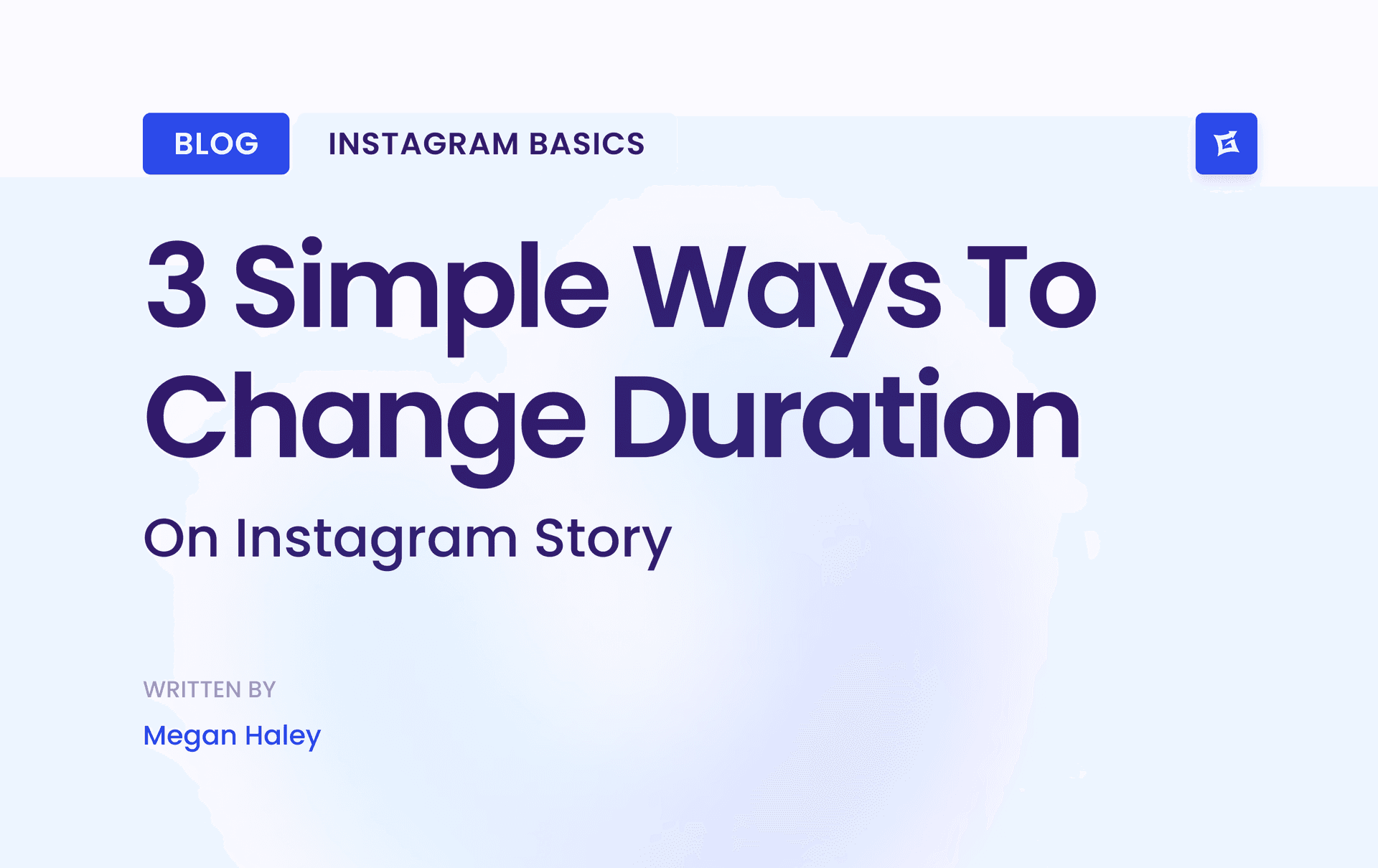
.png&w=1920&q=75&dpl=dpl_9XSWKBjhcBN6v6b1SN7m3p1WWjfr)
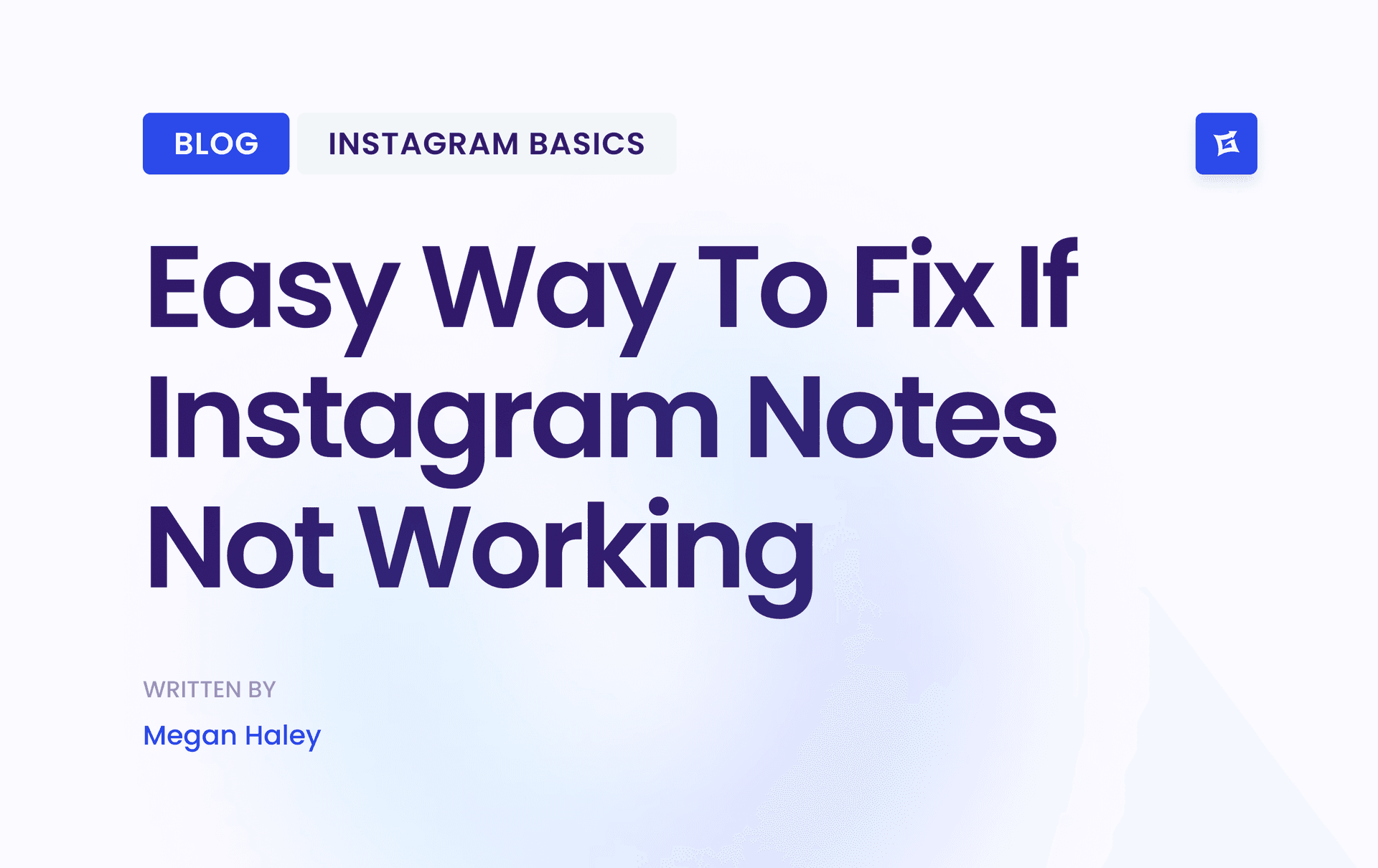
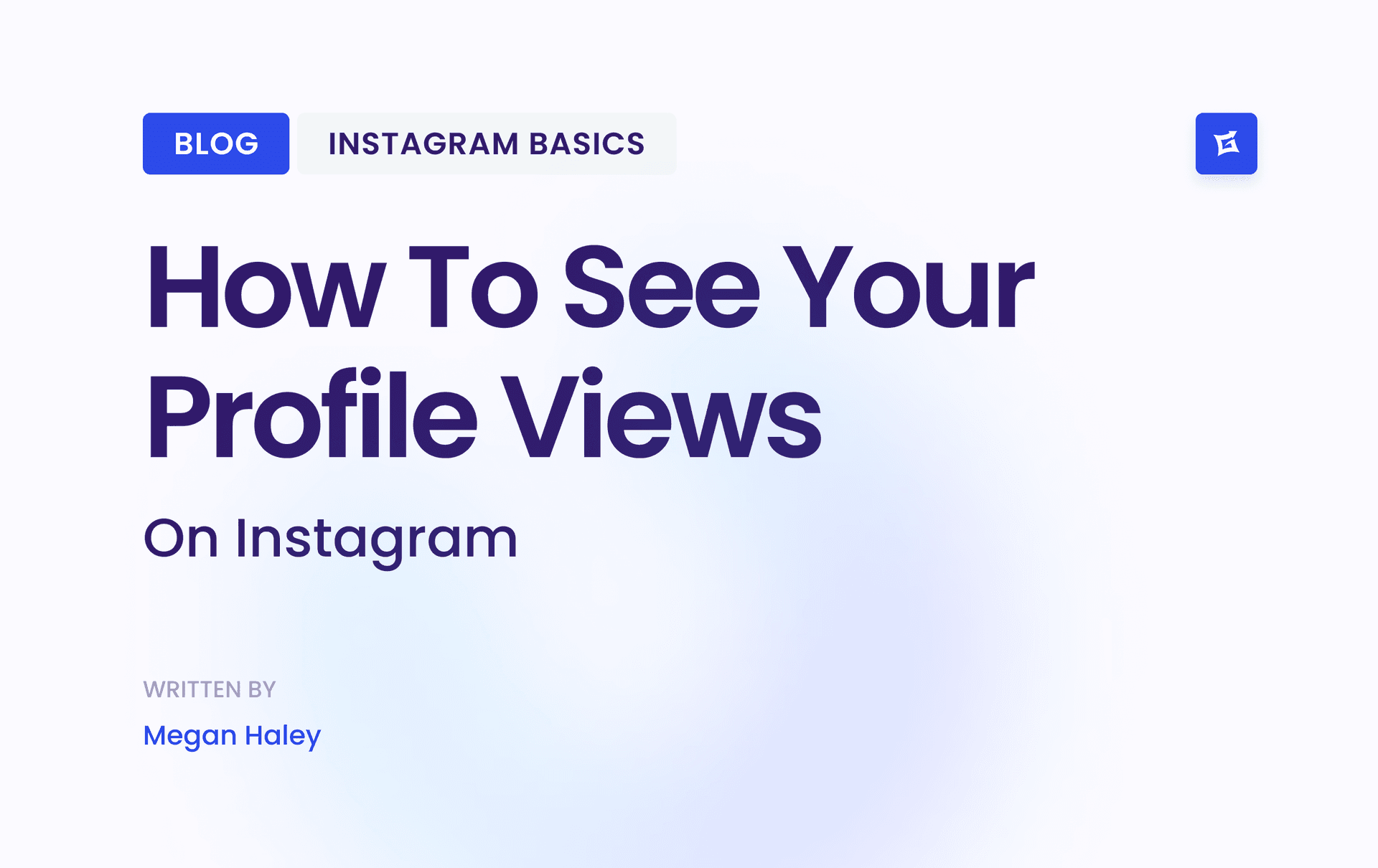
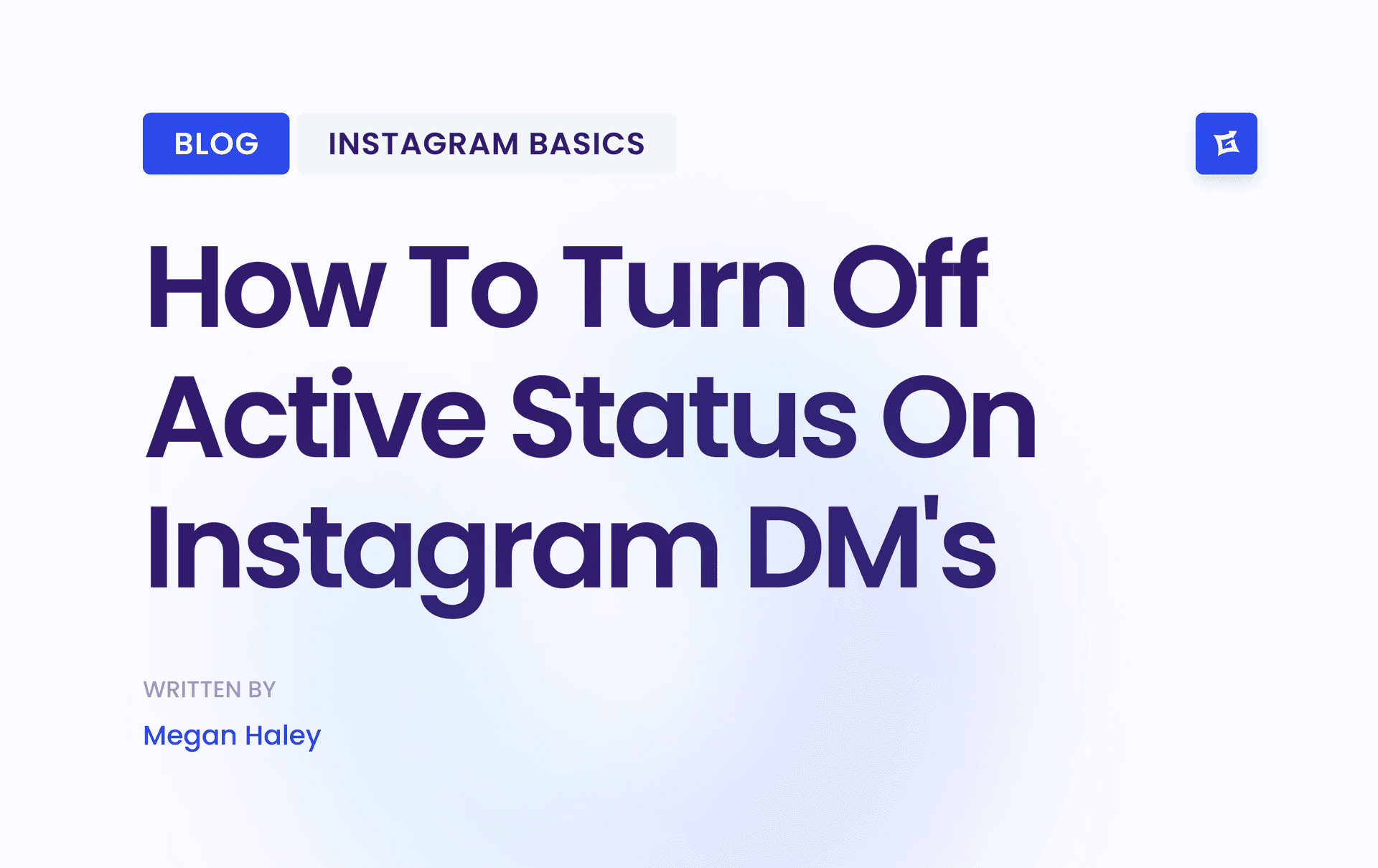
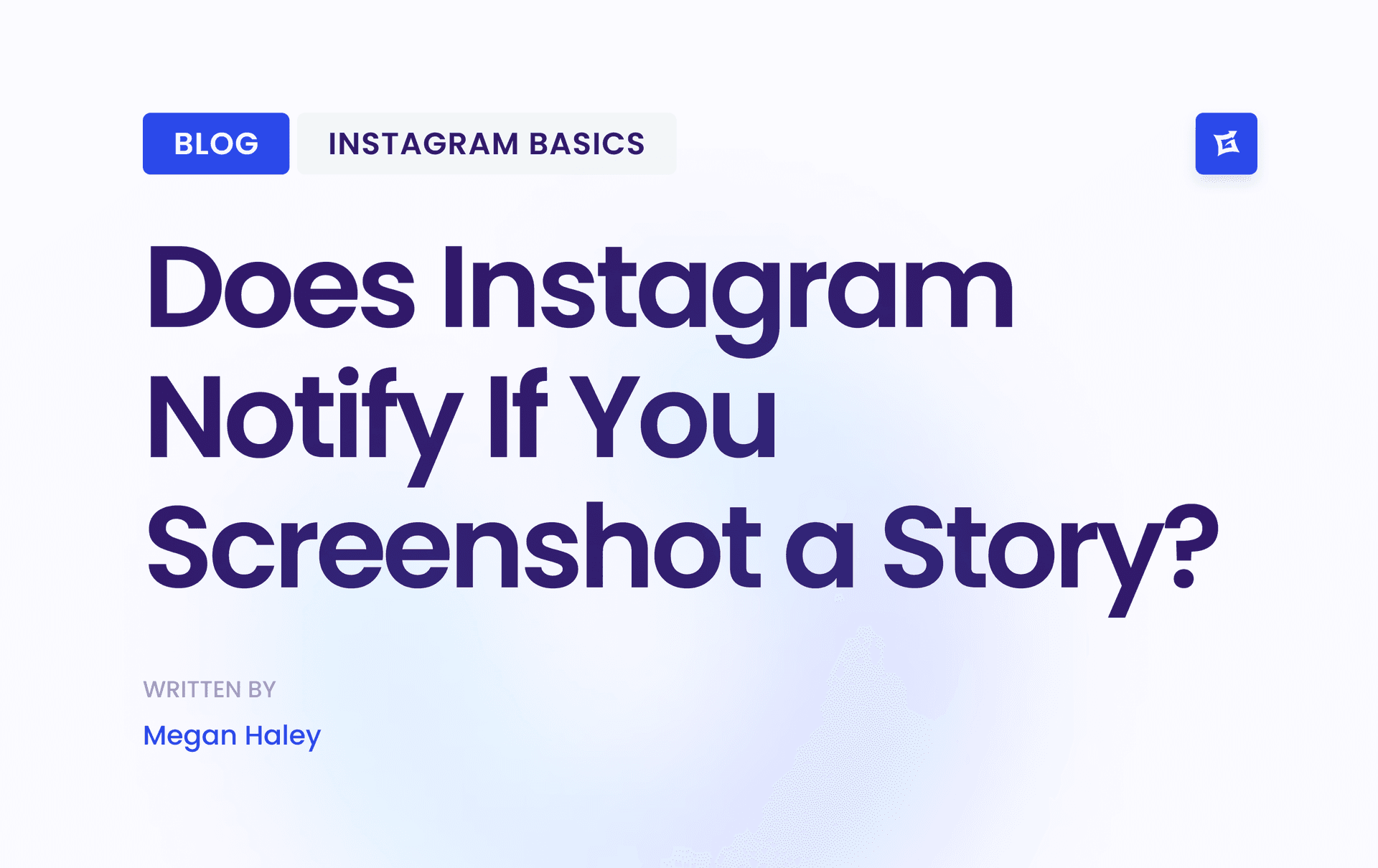



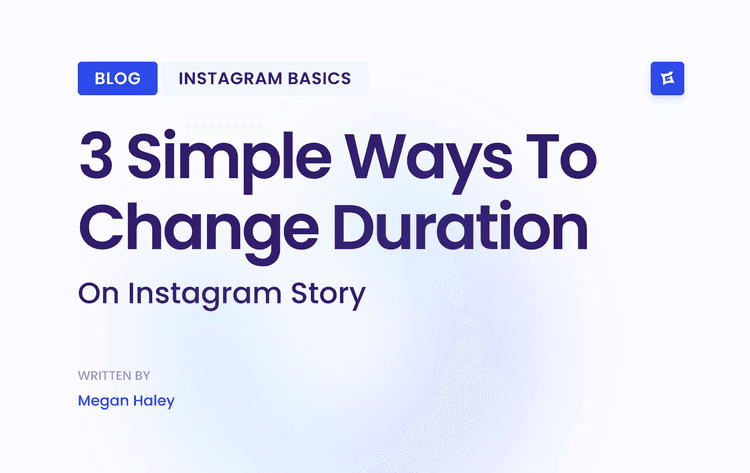
.png&w=750&q=75&dpl=dpl_9XSWKBjhcBN6v6b1SN7m3p1WWjfr)
